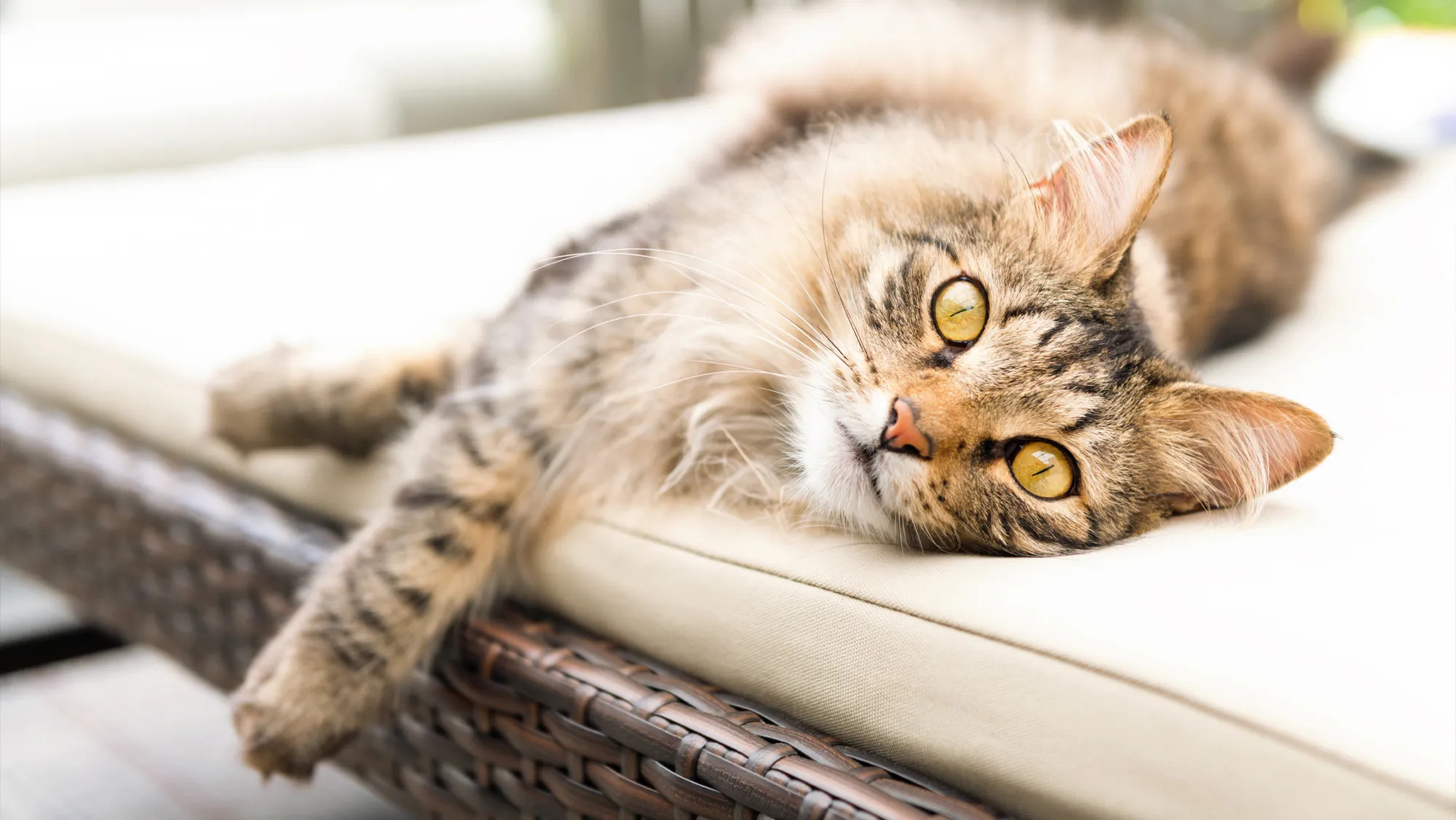

Articles
How To Keep Cats Off Of Outdoor Furniture
Modified: October 21, 2024
Discover effective methods to prevent cats from scratching and climbing on your outdoor furniture. Keep your furniture safe and cat-free with our helpful tips.
(Many of the links in this article redirect to a specific reviewed product. Your purchase of these products through affiliate links helps to generate commission for Storables.com, at no extra cost. Learn more)
Introduction
Welcome to our guide on how to keep cats off of outdoor furniture. If you’ve ever experienced the frustration of finding your outdoor chairs, sofas, or tables covered in fur or scratched up by wandering cats, then this article is for you. While cats can be delightful companions, their curious nature and claws can wreak havoc on your cherished outdoor furniture. Fortunately, there are several methods and solutions to deter cats from making your outdoor furniture their favorite hangout spot.
In this article, we will explore the behavior of cats, the reasons behind their attraction to outdoor furniture, and various methods you can employ to keep them away. From natural deterrents to commercial repellents, homemade remedies to physical barriers, we have you covered with a range of effective strategies. We’ll also look into training techniques and providing alternative furniture options to redirect their attention.
Before diving into the solutions, it’s essential to have a basic understanding of why cats are drawn to outdoor furniture in the first place. Cats, by nature, are territorial creatures who love to explore and mark their territories. Outdoor furniture, with its cozy cushions and warm surfaces, provides an ideal spot for them to lounge, scratch, and nap. Additionally, outdoor furniture often retains scents and smells that attract cats, such as the scent of other animals or food remnants.
Now that we have a clearer understanding of the issue at hand, let’s delve into the reasons behind cats’ infatuation with outdoor furniture and explore effective ways to keep them off.
Key Takeaways:
- Understanding cats’ behavior and providing alternative furniture options can effectively deter them from outdoor furniture. Implementing natural deterrents and training techniques can create a harmonious outdoor space for both cats and humans.
- Utilizing physical barriers, commercial repellents, and homemade remedies can help keep outdoor furniture cat-free. Balancing the needs of cats and the preservation of outdoor furniture is achievable through a combination of strategies.
Read more: How To Keep Cat Off Furniture
Understanding the Behavior of Cats
Before we start implementing strategies to keep cats off of outdoor furniture, it’s essential to gain an understanding of their behavior. Cats are naturally curious and territorial creatures, and their actions are often driven by instinct. By comprehending their behavior, we can develop more effective methods to deter them from our beloved outdoor furniture.
Cats are known for their independent nature and love for exploring their surroundings. They have a strong need to mark their territory and establish a sense of ownership. Scratching is an instinctual behavior for cats, serving several purposes. It helps them maintain their claw health by shedding the outer layer and ensuring proper growth. Scratching also allows cats to mark their territory with scent and visual markers, making it a vital part of their communication system.
Outdoor furniture provides an attractive target for cats to scratch due to its texture and the scent it retains. They may feel an instinctual urge to mark the furniture as their own, particularly if they sense the presence of other animals or detect inviting scents. Moreover, outdoor furniture often offers comfortable and warm surfaces, making it an appealing spot for lounging and resting.
In addition to scratching and marking behavior, cats are naturally drawn to places with good vantage points. They are predators by nature and enjoy observing their surroundings from elevated positions. Outdoor furniture, such as tables or chairs, provide cats with the perfect perch to keep an eye on their territory and potential prey.
Understanding these behaviors is crucial because it allows us to develop strategies that address the cats’ needs while preserving the integrity of our outdoor furniture. By providing alternative options for scratching, creating deterrents, and offering elevated positions, we can redirect their attention and guide them to more suitable areas.
Now that we have a better grasp on the behavior of cats, let’s move on to the reasons why they are attracted to outdoor furniture and explore effective ways to discourage them from using it as their personal playground.
Identifying the Reasons Cats Are Attracted to Outdoor Furniture
Understanding the reasons why cats are attracted to outdoor furniture is the first step in finding effective solutions to keep them off. By pinpointing the factors that make outdoor furniture appealing to cats, we can address those specific needs and minimize their attraction. Here are some common reasons why cats are drawn to outdoor furniture:
- Comfort: Outdoor furniture offers comfortable surfaces and cushions that cats find cozy for lounging and napping. The softness and warmth provided by outdoor cushions or padded seats make them an inviting spot for cats to relax.
- Perching opportunities: Cats are natural climbers and enjoy being at an elevated position to observe their surroundings. Outdoor furniture, such as tables, chairs, or loungers, provide the perfect vantage point for cats to watch for potential prey or keep an eye on their territory.
- Scratching surfaces: Cats have a natural instinct to scratch surfaces to maintain their claw health and mark their territory. Outdoor furniture, especially those made of materials like wood or wicker, can be appealing scratching surfaces for cats.
- Retained scents: Outdoor furniture can retain scents from other animals, plants, or food remnants. Cats have a highly developed sense of smell, and these scents can attract them to the furniture, as they perceive it as a potential hunting ground or territory marker.
- Security: Many outdoor furniture setups are located in secluded or sheltered areas, providing a sense of security for cats. They may seek out these locations for a safe and protected space to rest or hide.
Identifying these reasons allows us to take targeted steps to discourage cats from using outdoor furniture. By providing alternative comfortable spots, creating barriers to prevent perching, offering designated scratching surfaces, removing or masking enticing scents, and providing secure hiding spots elsewhere, we can redirect their attention and minimize their attraction to outdoor furniture.
In the following sections, we will explore a range of methods and solutions, including natural deterrents, commercial repellents, homemade remedies, physical barriers, and training techniques that can effectively keep cats off of outdoor furniture.
Natural Deterrents for Cats
If you prefer a more gentle and environmentally friendly approach, natural deterrents can be an effective solution to keep cats off of your outdoor furniture. These deterrents utilize scents and textures that cats find unappealing, discouraging them from approaching or interacting with the furniture. Here are some natural deterrent options to consider:
- Citrus Peels: Cats have an aversion to citrus scents. Place citrus peels, such as lemon or orange, around your outdoor furniture to deter them. Replace the peels regularly to maintain the strong scent.
- Vinegar: Fill a spray bottle with a mixture of vinegar and water, and spray it on the furniture. Cats dislike the smell of vinegar, and it can help to keep them away.
- Essential Oils: Cats have a strong sensitivity to certain essential oils. Peppermint, lavender, or citrus essential oils are known to repel cats. Mix a few drops of these oils with water and spray the mixture on and around the furniture. Note: Be cautious with essential oils as some can be toxic to cats, so always use them in diluted form and avoid direct contact with cats.
- Aluminum Foil: Cats dislike the texture and sound of aluminum foil. Place sheets of foil on your outdoor furniture to create an uncomfortable surface for them.
It’s important to note that cats have individual preferences and sensitivities, so it may take some trial and error to find the most effective natural deterrent for your feline visitors. You can try a combination of these methods or experiment with other scents or textures that cats typically dislike.
Remember to regularly reapply or refresh the natural deterrents, as the scents can fade over time. Additionally, ensure that the natural deterrents you use are safe for both your outdoor furniture and the environment. Avoid any substances that may cause damage or leave lasting marks on the furniture.
While natural deterrents can be effective, they may not provide a foolproof solution, especially for determined or persistent cats. In such cases, you may need to consider additional methods, such as commercial cat repellents, homemade remedies, physical barriers, or training techniques, which we will discuss in the following sections.
Commercial Cat Repellents
If natural deterrents aren’t providing the desired results, you may want to consider using commercial cat repellents. These products are designed specifically to deter cats from approaching, scratching, or marking certain areas, including outdoor furniture. Here are some commonly available commercial cat repellent options:
- Spray Repellents: Spray repellents are available in pet stores or online. These products emit a scent that cats find unpleasant, deterring them from approaching the sprayed areas. Follow the instructions provided with the spray repellent and apply it to your outdoor furniture as directed.
- Ultrasonic Repellents: Ultrasonic devices emit high-frequency sounds that are inaudible to humans but bothersome to cats. These repellents can be placed near your outdoor furniture and activated when cats come within range.
- Granular Repellents: Granular repellents can be sprinkled in the vicinity of your outdoor furniture. These repellents often contain natural ingredients that cats find repellent, such as pepper or garlic powder.
- Electronic Scarecrows: Electronic scarecrows are motion-activated devices that release a burst of water when triggered by a cat approaching. These devices startle cats and deter them from getting near your outdoor furniture.
When using commercial cat repellents, be sure to read and follow the instructions provided by the manufacturer. Some repellents may need frequent reapplication or have specific guidelines for usage. Keep in mind that different cats may respond differently to repellents, so it may take some experimentation to find the most effective option for your situation.
While commercial cat repellents can be convenient and effective, they may also come with some drawbacks. Some repellents may have a strong odor that is unpleasant for humans as well. It’s important to consider the potential impact on your own enjoyment of the outdoor space. Additionally, be mindful of the safety and well-being of other animals or wildlife in the area, as some repellents may not discriminate between cats and other creatures.
If commercial cat repellents are not achieving the desired results, don’t worry. There are still other options to explore, such as homemade remedies, physical barriers, training techniques, or providing alternative furniture options, which we will cover in the upcoming sections.
Place double-sided tape or aluminum foil on the furniture to deter cats from jumping on it. Cats dislike the sticky feeling on their paws and the crinkly sound of foil.
Read more: How To Keep Bugs Off Outdoor Furniture
Homemade Remedies to Keep Cats Away
If you prefer to use natural and homemade solutions to deter cats from your outdoor furniture, there are several remedies you can try. These homemade deterrents are generally safe, cost-effective, and easy to make. Here are some effective homemade solutions to keep cats away:
- Citrus Spray: Cats dislike the smell of citrus. Create a homemade citrus spray by combining water and a few drops of citrus essential oil or freshly squeezed lemon juice. Spray the mixture onto your outdoor furniture to deter cats.
- Spicy Spray: Cats are also sensitive to spicy or strong-smelling substances. Mix water with cayenne pepper or hot sauce and spray it on the furniture. Cats will avoid the spicy scent and taste.
- Coffee Grounds: Spread used coffee grounds around the base of your outdoor furniture. The strong smell of coffee can deter cats and keep them away from the area.
- Rosemary or Lavender: Cats dislike the strong aroma of rosemary and lavender. Plant these fragrant herbs around your outdoor furniture or use dried leaves as a natural deterrent.
- Aluminum Foil: As mentioned earlier, cats dislike the texture and sound of aluminum foil. Cover your outdoor furniture with foil to discourage them from approaching or scratching the surfaces.
These homemade remedies can be effective at deterring cats and are generally safe for both the environment and your outdoor furniture. Remember to regularly reapply or refresh the homemade deterrents to maintain their effectiveness. Keep in mind that some cats may have different sensitivities, so it may require some trial and error to find the most effective homemade solution for your situation.
While these homemade remedies can be helpful, they may not be a foolproof solution against determined or persistent cats. Consider combining these remedies with other methods, such as natural deterrents, commercial cat repellents, physical barriers, training techniques, or providing alternative furniture options, to achieve better results.
Physical Barriers and Protective Covers
When it comes to keeping cats off of your outdoor furniture, physical barriers and protective covers can be incredibly effective. By creating barriers or covering the furniture, you can physically prevent cats from accessing or damaging your cherished pieces. Here are some options to consider:
- Fencing: Install a fence or barrier around your outdoor space to keep stray or neighborhood cats out. Choose a fence with small gaps or mesh that cats cannot squeeze through. Ensure the fence is high enough to prevent cats from jumping over.
- Netting: Use netting or bird mesh to cover your outdoor furniture. Secure the netting tightly to prevent cats from getting underneath or scratching the furniture through the gaps. Be sure the netting is safe and does not pose any entanglement risks for birds or other wildlife.
- Plastic Mats: Place plastic mats or carpet runners, with the pointy side up, on your furniture surfaces. Cats dislike the sensation of walking on these surfaces and are less likely to jump or sit on them.
- Protective Covers: Invest in specialized protective covers designed to fit your outdoor furniture. These covers are often made of durable and weather-resistant materials, providing an extra layer of protection against cat hair, scratches, and other potential damages.
- Spike Strips or Sticky Tape: Attach spike strips or sticky tape to the edges or tops of your outdoor furniture. Cats will find these uncomfortable or unpleasant to touch, discouraging them from jumping or sitting on the furniture.
These physical barriers and protective covers not only prevent cats from accessing your outdoor furniture but also help to preserve their original condition. Remember to choose barriers or covers that are safe and do not cause harm to the cats or interfere with their wellbeing.
While physical barriers and protective covers are highly effective, they may alter the aesthetics of your outdoor space. Take this into consideration when choosing the most suitable options for your needs and preferences.
By implementing physical barriers or using protective covers, you can create a cat-free zone for your outdoor furniture, ensuring its longevity and preserving its appeal.
Training and Behavioral Modification Techniques
Training and behavioral modification techniques can be highly effective in deterring cats from using your outdoor furniture. By teaching them alternative behaviors and providing appropriate outlets for their natural instincts, you can redirect their attention away from your cherished pieces. Here are some techniques to consider:
- Positive Reinforcement: Use positive reinforcement techniques to train your cat to associate certain behaviors with rewards. For example, reward your cat with treats or praise when they use designated scratching posts instead of your outdoor furniture.
- Deterrent Noises: Use deterrent noises, such as a loud hand clap or shaking a can filled with coins, whenever you catch your cat attempting to scratch or climb on your outdoor furniture. The sudden noise will startle them and discourage the unwanted behavior.
- Citrus Scent Associations: Cats tend to dislike the smell of citrus. By placing citrus-scented items, such as cotton balls soaked in diluted lemon juice, near your outdoor furniture, you can create an association that causes your cat to avoid the area.
- Environmental Enrichment: Provide your cat with an enriched indoor environment to satisfy their natural instincts. Offer scratching posts, cat trees, toys, and interactive play to keep them mentally and physically stimulated. A content and fulfilled cat is less likely to seek out your outdoor furniture.
- Behavior Correction Aids: Use behavior correction aids, such as double-sided sticky tape or motion-activated deterrent devices, on your outdoor furniture. The unpleasant sensation or unexpected stimulation can discourage your cat from approaching or scratching the furniture.
Consistency and patience are key when implementing training and behavioral modification techniques with your cat. It may take time and repetition for them to learn and adapt to the desired behaviors. Remember to always use positive reinforcement rather than punishment, as it helps create a positive association and strengthens the bond between you and your cat.
Additionally, consider consulting with a professional animal behaviorist or trainer for expert guidance and advice tailored to your specific situation. They can provide valuable insights and help tailor a training plan based on your cat’s individual needs and behaviors.
By implementing these training and behavioral modification techniques, you can guide your cat to more appropriate behaviors and minimize their interest in your outdoor furniture.
Providing Alternative Cat-Friendly Furniture
One effective way to keep cats off of your outdoor furniture is to provide them with alternative options that cater to their natural instincts and needs. By offering designated cat-friendly furniture, you can redirect their attention and provide them with a space they can call their own. Here are some ideas to consider:
- Scratching Posts: Place sturdy and tall scratching posts in your outdoor space. Cats have a strong instinct to scratch and mark their territory, so providing them with appropriate surfaces for scratching can divert their attention away from your outdoor furniture.
- Outdoor Cat Trees or Climbing Structures: Install outdoor cat trees or climbing structures to provide cats with elevated perches and platforms. These structures not only fulfill their natural inclination to climb and explore but also offer a comfortable and secure space for them to observe their surroundings.
- Cat Enclosures: Consider creating a cat enclosure or outdoor cat run where your feline companion can safely enjoy the outdoors while protecting your furniture. These enclosures can be built using cat-proof fencing, mesh, or netting to create a contained space for your cat to explore and relax.
- Cushioned Beds or Outdoor Cat Houses: Provide comfortable and padded beds or outdoor cat houses specifically designed for outdoor use. These cozy spots can entice cats to lounge and nap in their designated areas rather than on your furniture.
- Interactive Toys and Feeding Stations: Stimulate your cat’s mind and body with interactive toys or food puzzles placed strategically in the outdoor space. These toys provide mental stimulation and challenge, helping to keep them engaged and satisfied.
By offering alternative cat-friendly furniture options, you are nurturing their natural instincts and providing an environment that meets their needs. This not only helps keep them off your outdoor furniture but also promotes their well-being and happiness.
Remember to introduce these alternatives gradually and make them appealing to your cat. Place treats, catnip, or toys on and around the new furniture to encourage exploration and interaction. Positive reinforcement through praise and rewards can also help your cat associate these alternatives with positive experiences.
It’s important to note that providing alternative furniture options may not completely eliminate your cat’s interest in your outdoor furniture. Some cats may still be attracted to the novelty and scent of your furniture. Therefore, it’s crucial to combine this strategy with other methods, such as deterrents or training techniques, for optimal results.
By implementing these alternative cat-friendly furniture options, you can create a harmonious outdoor space where both you and your feline companion can enjoy without any furniture-related conflicts.
Read more: How To Keep Cats Off Countertops
Conclusion
Keeping cats off of outdoor furniture can be an ongoing challenge, but with the right strategies and techniques, it is possible to create a cat-free zone and preserve the beauty and integrity of your outdoor space. By understanding the behavior of cats, identifying their attraction to outdoor furniture, and implementing appropriate solutions, you can successfully discourage them from using your cherished pieces.
We explored various methods to keep cats off of outdoor furniture, including natural deterrents, commercial cat repellents, homemade remedies, physical barriers, training techniques, and providing alternative cat-friendly furniture. Each of these approaches has its own benefits and effectiveness, and it may require some trial and error to find the most suitable combination for your unique situation.
Remember, consistency and patience are key when implementing these strategies. Cats are creatures of habit, and it may take time for them to adjust their behavior. Be sure to use positive reinforcement, provide alternative outlets for their natural instincts, and create a comfortable and inviting space for them.
Ultimately, finding a balance between enjoying your outdoor furniture and respecting the needs of cats is essential. By implementing these strategies, you can create a harmonious environment where you, your feline companions, and your outdoor furniture coexist happily.
Whether you choose to use natural deterrents, commercial repellents, physical barriers, or behavioral techniques, always prioritize the safety and well-being of both your cats and the environment. Experiment, explore, and adapt these strategies to suit your specific requirements, and enjoy a cat-free outdoor space that remains beautiful and welcoming for everyone to enjoy.
Now that you've learned how to keep those pesky cats off your patio decor, why stop there? For anyone who's invested in their outdoor setup, maintaining its condition is key. Dive into our next guide on keeping your outdoor pieces looking fresh and fabulous, year after year. You'll find smart, straightforward advice on shielding materials from weather wear and tear, cleaning strategies, and smart storage solutions. Ready to ensure your outdoor furniture remains as inviting as ever? Check out our detailed care guide.
Frequently Asked Questions about How To Keep Cats Off Of Outdoor Furniture
Was this page helpful?
At Storables.com, we guarantee accurate and reliable information. Our content, validated by Expert Board Contributors, is crafted following stringent Editorial Policies. We're committed to providing you with well-researched, expert-backed insights for all your informational needs.
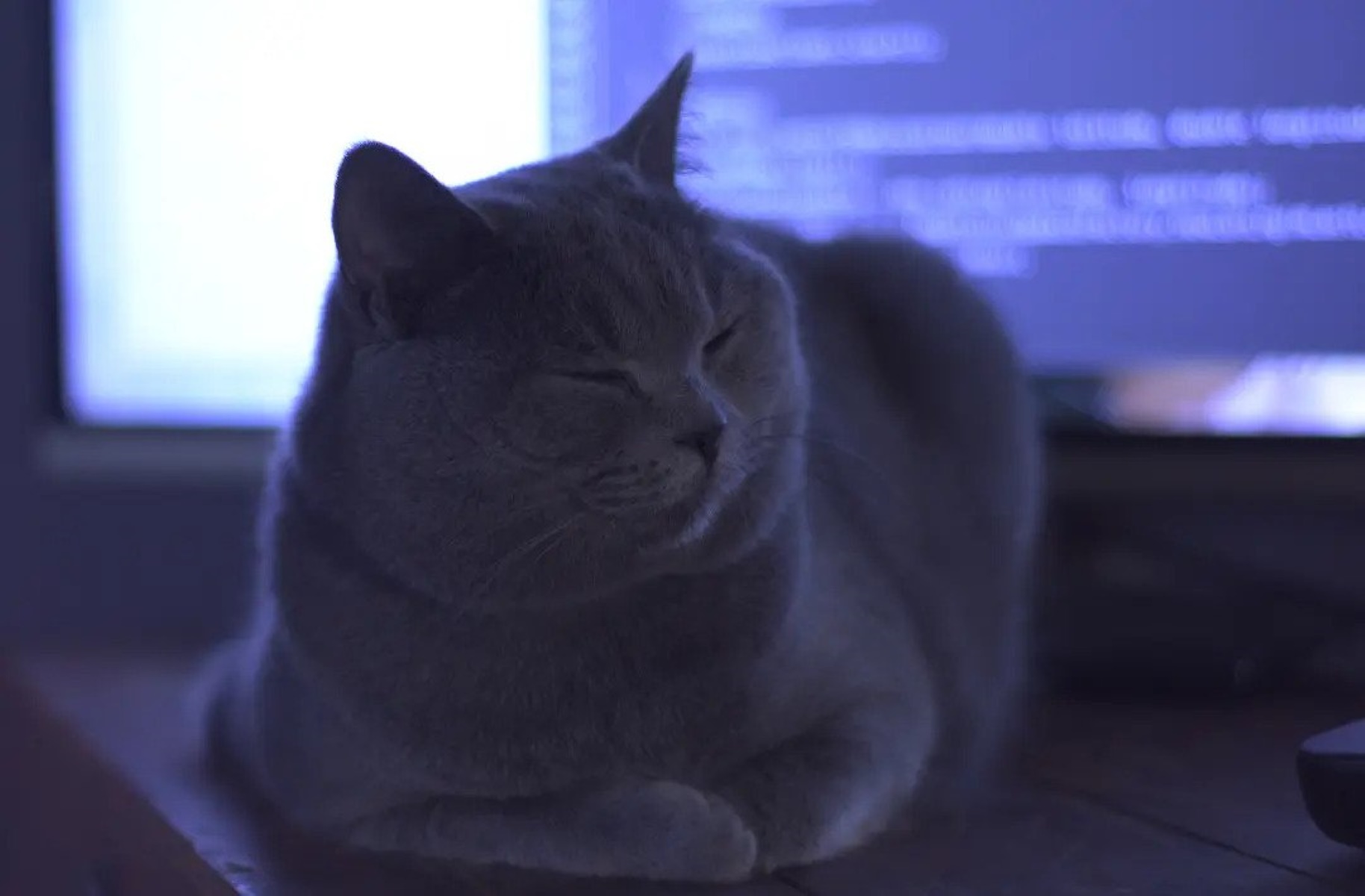
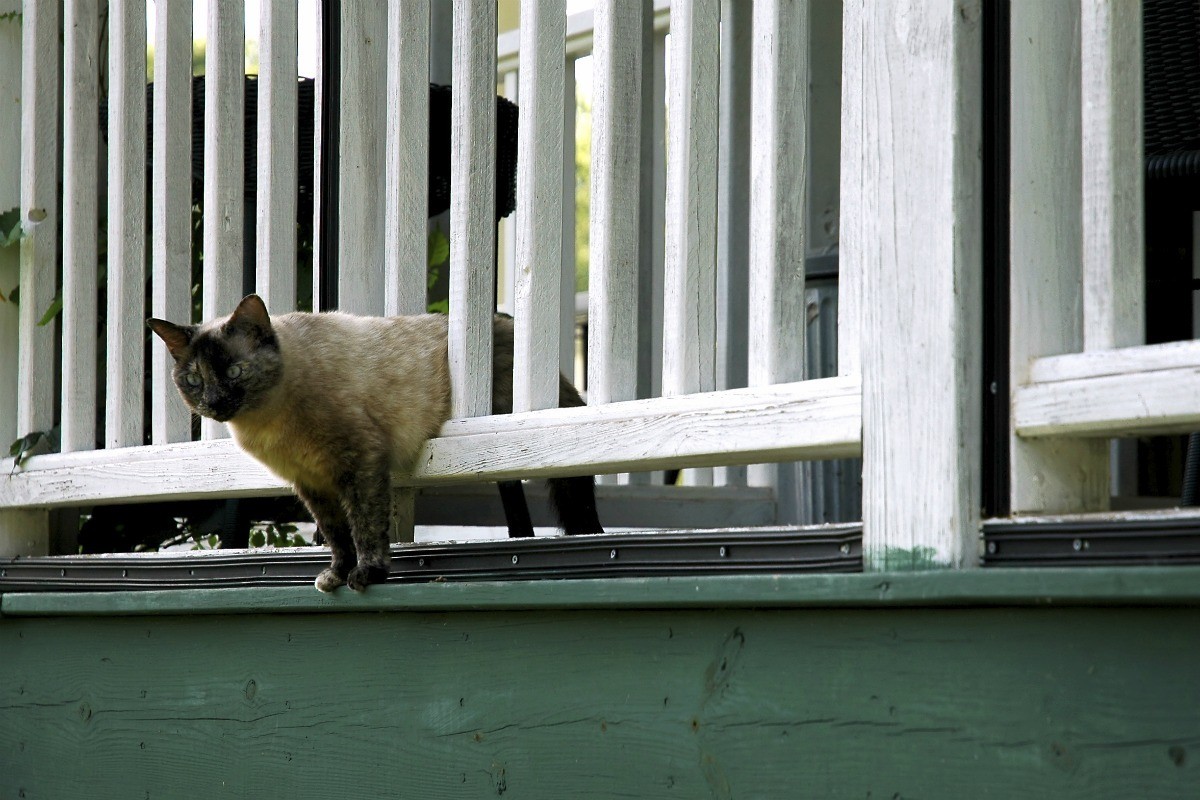
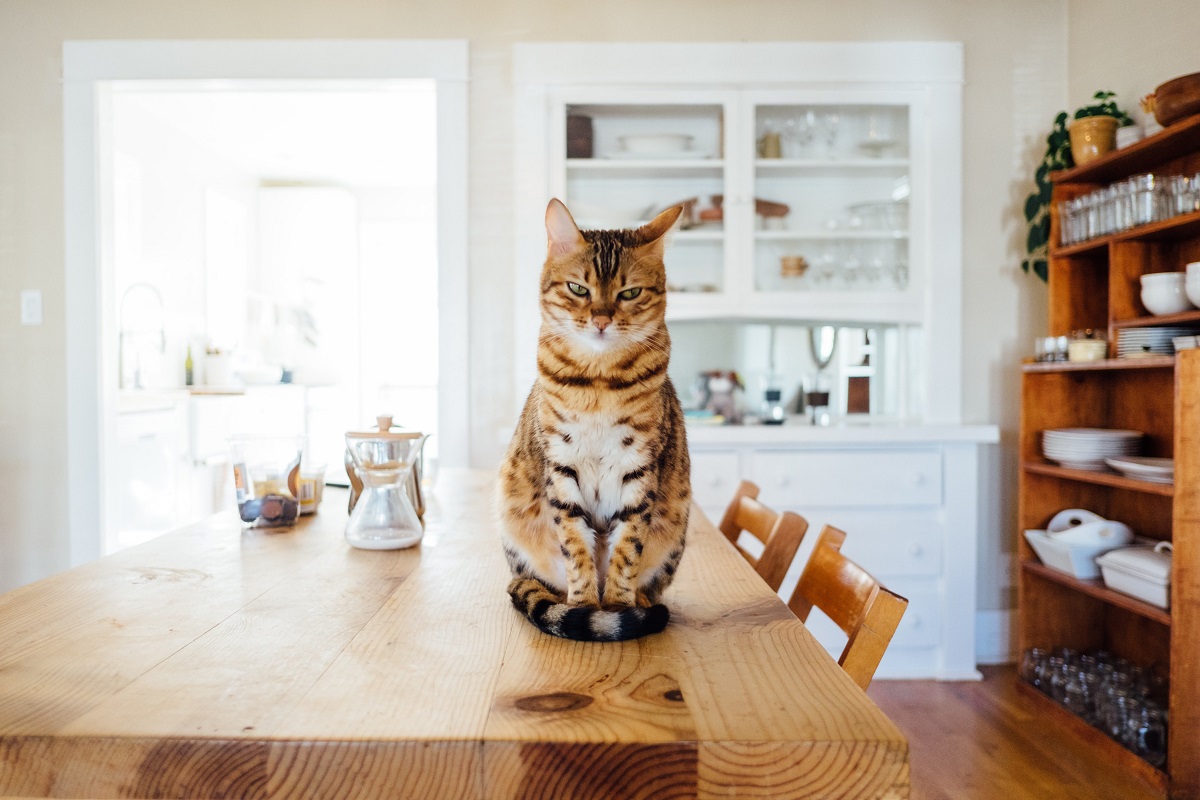
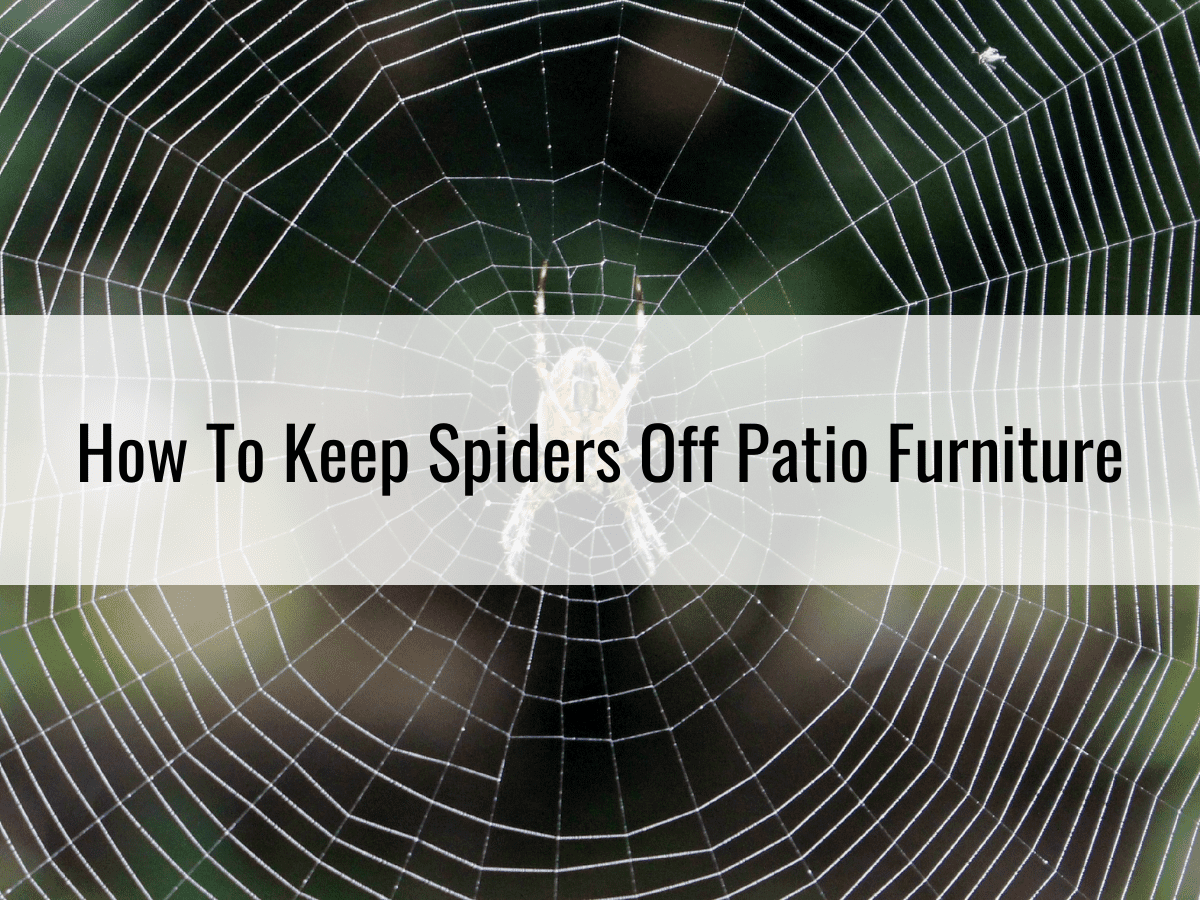

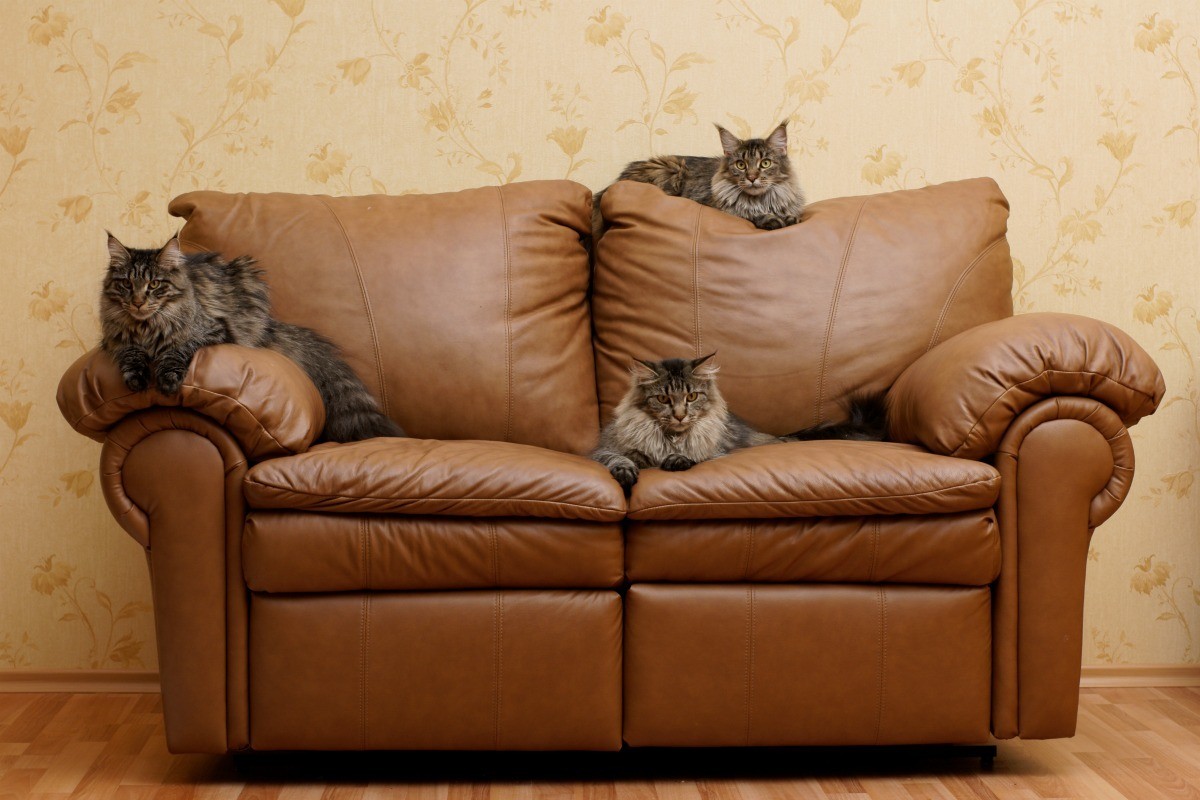

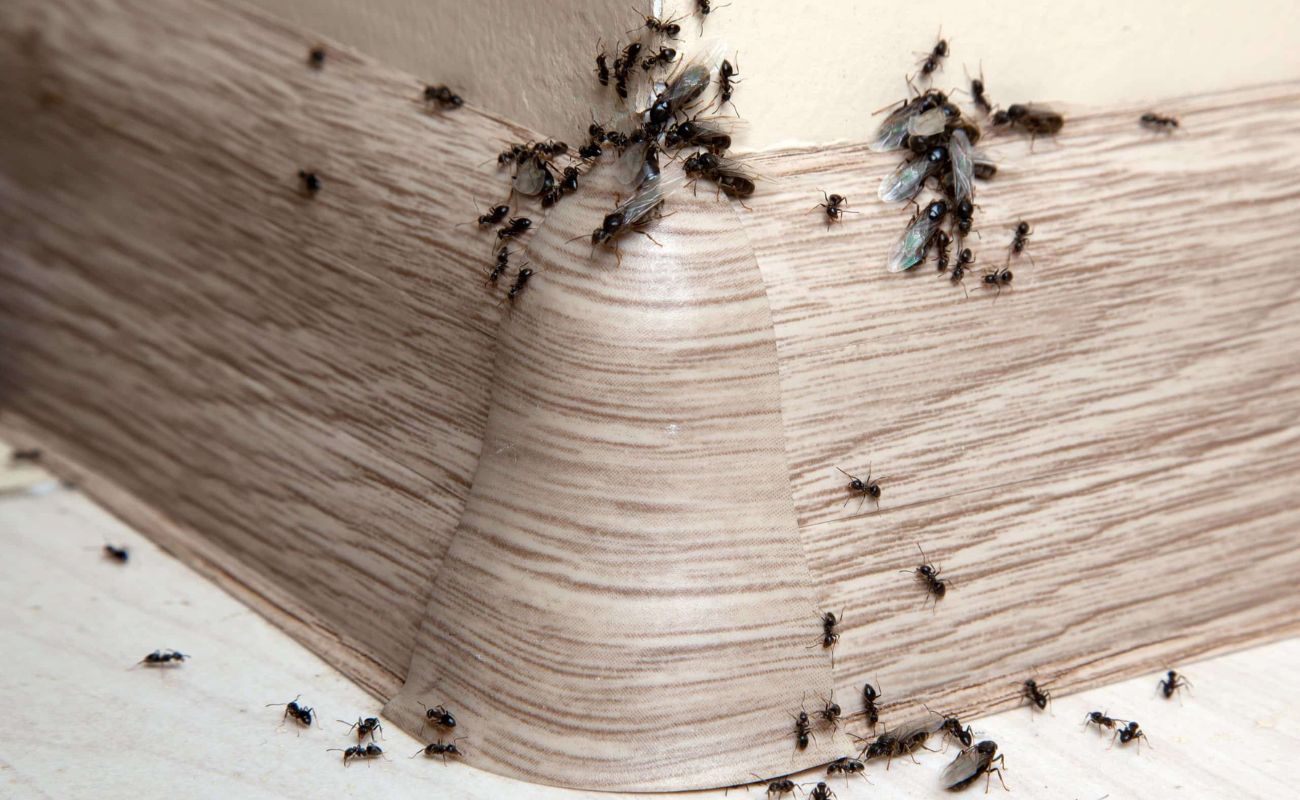
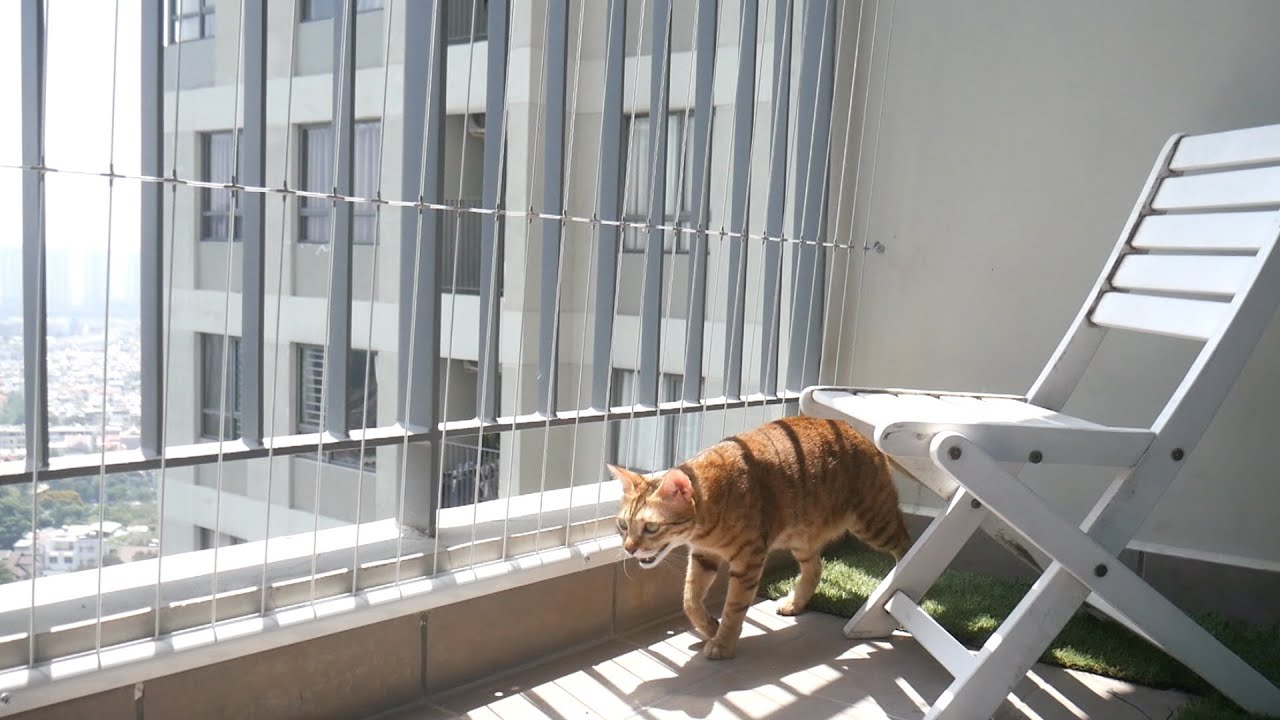

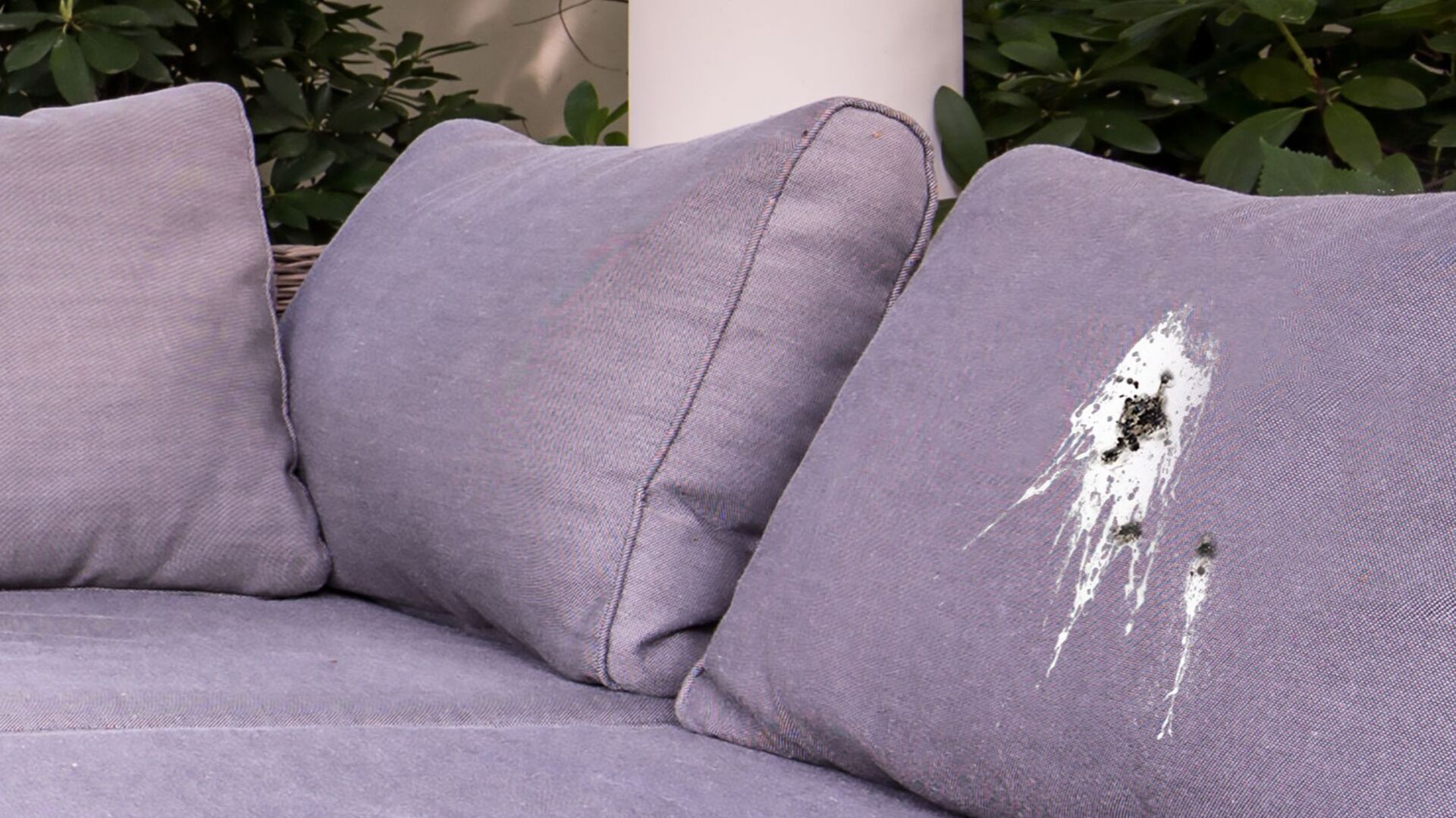



0 thoughts on “How To Keep Cats Off Of Outdoor Furniture”